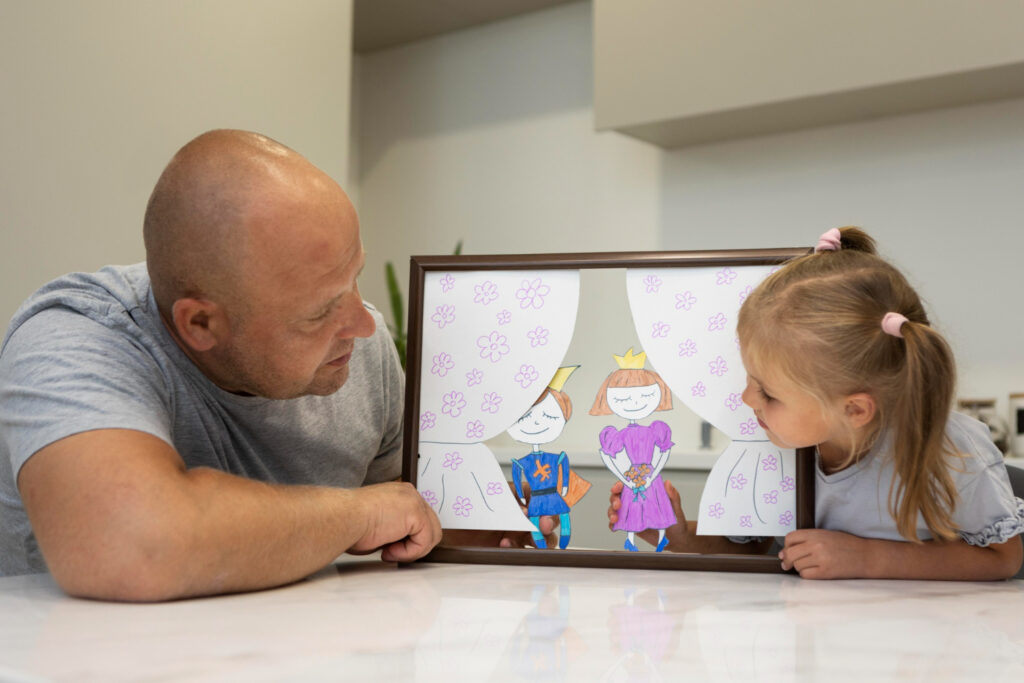Children with Autism Spectrum Disorder (ASD) often thrive in structured environments where they can predict what’s coming next. Visual schedules are an excellent tool for promoting routine, independence, and reducing anxiety. At HOPE Centre for Autism, we encourage parents to use visual schedules to help children understand their daily activities and develop essential life skills. In this guide, we’ll explore the benefits of visual schedules and how to create one tailored to your child’s needs.
What is a Visual Schedule?
A visual schedule uses images, symbols, or written words to outline the sequence of tasks or events throughout the day. These schedules help children with autism understand what will happen next, easing transitions and providing a sense of security.
Types of Visual Schedules:
- Daily schedules: Outline the entire day’s activities.
- Task schedules: Break down steps within a single task (e.g., brushing teeth).
- Weekly schedules: Provide an overview of activities planned over the week.
- Now-Next schedules: Focus on two activities at a time to help children transition smoothly.
Benefits of Visual Schedules for Children with Autism
- Reduces anxiety by providing predictability and routine.
- Improves communication for nonverbal children through visual cues.
- Encourages independence, as children learn to follow routines on their own.
- Eases transitions between activities, minimizing meltdowns.
- Builds executive functioning skills, such as time management and planning.
Step-by-Step Guide to Creating a Visual Schedule
1. Identify Key Activities for the Day
Think about the events your child will engage in throughout the day. Include activities such as:
- Morning routine (waking up, brushing teeth, getting dressed)
- School time or therapy sessions
- Playtime, meals, and screen time
- Evening routine (bath, bedtime story, sleep)
At HOPE Centre for Autism, we recommend including both enjoyable activities and challenging ones so the child can anticipate what’s coming next and manage expectations.
2. Choose the Format of Your Schedule
- Paper-based schedules: Use images and text on laminated cards or sheets.
- Magnetic boards or pocket charts: Cards can be arranged and easily moved as needed.
- Digital schedules: Apps like Choiceworks or Google Calendar offer mobile solutions.
3. Use Visual Cues that Suit Your Child
Visuals should match your child’s developmental level. You can use:
- Photographs: Real images of the child or activities they engage in.
- Icons or symbols: Simple visuals like clip art or drawings.
- Text labels: For children comfortable with reading, include brief descriptions.
4. Arrange the Schedule in Sequence
Place activities in the correct order to reflect your child’s routine. You can use a linear format (top-to-bottom or left-to-right) to help children follow along easily.
Example:
- Wake up 🛏️
- Brush teeth 🪥
- Eat breakfast 🍳
- Playtime with blocks 🧱
- Lunch 🍲
- Nap time 😴
5. Incorporate Breaks and Rewards
It’s essential to build in breaks or rewards after challenging activities to motivate your child. For example, after a therapy session, you can schedule a 10-minute break or playtime with their favorite toy.
6. Make the Schedule Interactive
Interactive schedules allow children to mark completed tasks. Use stickers, magnets, or Velcro cards to let your child “check off” or remove activities as they go.
Tips for Using a Visual Schedule Successfully
- Introduce the schedule gradually: Start with just a few activities, then increase as your child becomes comfortable.
- Review the schedule daily: Involve your child in reviewing the schedule at the start of each day.
- Be consistent: Stick to the routine as much as possible, especially during transitions.
- Adjust as needed: Update the schedule based on your child’s changing needs and interests.
- Use it across environments: Visual schedules can be effective at home, in therapy, or at school.
Example of a Visual Schedule for a Child with Autism
Morning Routine:
- 🛏️ Wake up
- 🪥 Brush teeth
- 👕 Get dressed
- 🥣 Eat breakfast
Afternoon Routine:
- 🧱 Play with toys
- 📖 Storytime
- 🍎 Snack time
Evening Routine:
- 🚿 Bath time
- 🎵 Listen to music
- 🌙 Sleep
The Role of HOPE Centre for Autism in Supporting Families
At HOPE Centre for Autism, we guide parents in implementing tools like visual schedules to enhance their child’s daily life. Our therapists work closely with families to create personalized schedules that align with their child’s abilities and routines.
We also offer:
- Parent training on using visual aids effectively.
- Customized schedules for therapy sessions and at-home use.
- Workshops to help parents create interactive schedules tailored to their child’s preferences.
Conclusion
Visual schedules are a powerful tool to help children with autism manage daily routines, reduce anxiety, and develop independence. They create structure and predictability, empowering children to navigate transitions with greater ease. By following these steps, parents can craft effective visual schedules that suit their child’s needs.
For further guidance on implementing visual schedules, connect with the experts at HOPE Centre for Autism. Our team is committed to supporting families and ensuring that children with autism thrive in every aspect of their daily lives.
